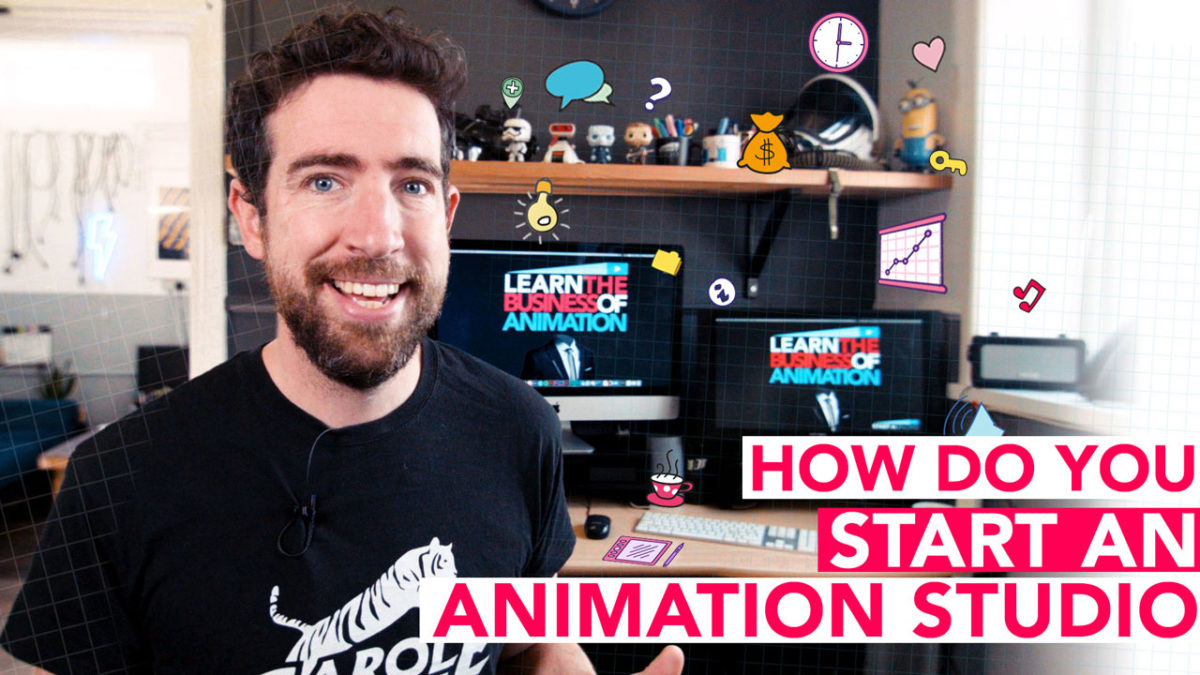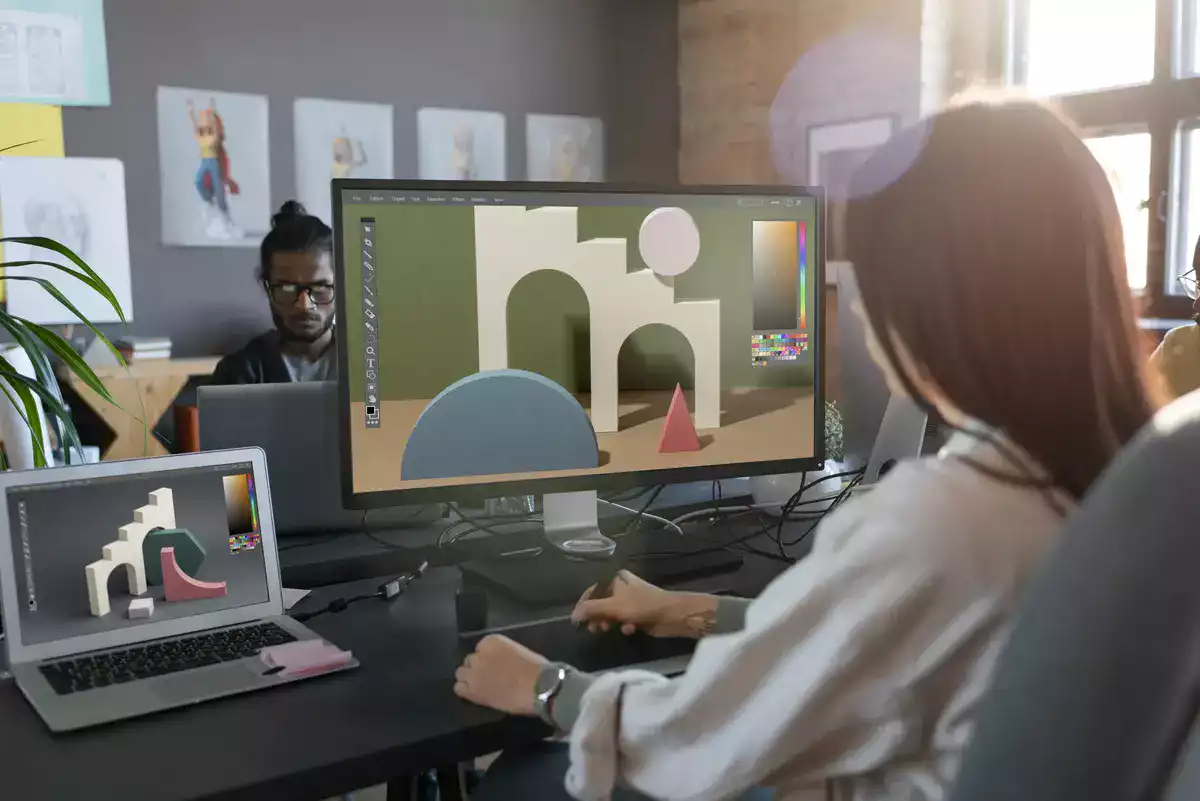Checking Out the current Patterns in Building 3D Visualization With Making Solutions
You're observing a substantial change in architectural 3D visualization, driven by advanced rendering solutions. Technologies like real-time making and immersive digital fact are improving how clients communicate with designs. Photorealistic visuals develop deeper emotional connections. As sustainability takes spotlight, eco-friendly ideas gain grip in visualizations. Interested about how these trends are revolutionizing building methods? Let's explore what exists ahead in this evolving landscape.
The Rise of Real-Time Making in Architecture

Online Reality and Increased Fact: Immersive Client Knowledge
In today's building landscape, virtual and increased fact are reinventing how you connect with styles. These technologies supply improved interactivity and real-time visualization, making it easier for you to realize complicated ideas. And also, they enhance task cooperation, guaranteeing everyone stays on the very same web page throughout the process.
Boosted Design Interactivity
With the increase of virtual fact (VIRTUAL REALITY) and increased reality (AR), clients currently experience architectural styles in manner ins which were when inconceivable. You can tip inside your future room prior to it's developed, exploring every edge with immersive detail. These technologies allow you envision just how light engages with materials, enabling you to make enlightened design choices. You can modify shades, structures, and designs in real-time, providing you a sense of possession in the style procedure. This interactivity promotes better interaction between you and your designer, guaranteeing that your vision lines up with the end product. With VR and AR, you're not just observing; you're proactively taking part in the creation of your atmosphere, causing an extra gratifying and individualized experience.
Real-Time Visualization Benefits
While exploring your building job through real-time visualization, you acquire an unequaled understanding of your future area. Digital Fact (VIRTUAL REALITY) and Augmented Truth (AR) submerse you in your styles, enabling you to go through and connect with every detail. You can imagine how light plays across surfaces, check out spatial partnerships, and also make design adjustments on the fly. This immediate comments empowers you to make educated choices, guaranteeing your vision aligns with truth. And also, sharing these immersive experiences with clients improves communication, promoting depend on and collaboration. By entering your job practically, you can identify potential issues early, inevitably conserving time and resources while creating a more compelling style story. Accept the future of building visualization today!
Seamless Project Cooperation
When you leverage Virtual Truth (VR) and Augmented Fact (AR) for job partnership, you create an interesting setting where customers can proactively take part in the layout process. These immersive technologies permit customers to imagine areas in real-time, making it easier for them to realize concepts and give instant responses. As opposed to counting on conventional plans or static images, you can transport customers into a 3D model, aiding them feel the range and flow of an area. With AR, customers can overlay digital layouts onto existing atmospheres, helping with much deeper understanding and connection. This smooth communication not only boosts interaction in between you and your customers yet likewise enhances decision-making, making sure every person remains aligned throughout the task lifecycle.
Photorealistic Rendering: Bringing Styles to Life
Photorealistic making changes your layouts right into natural visuals, making it simpler for customers to envision the last product. You'll find the several benefits it provides, from boosted presentations to much better decision-making. And also, you'll discover the tools that can aid you achieve sensational realism in your building visuals.
Advantages of Photorealistic Making
As you check out the globe of building style, the advantages of photorealistic providing come to be significantly apparent. This technique allows you to present your concepts with striking realism, making it simpler for clients to imagine the end product. You'll see that high-quality visuals evoke feelings and develop a more powerful connection with your audience. Plus, photorealistic making aids you recognize possible style problems early, saving you time and money during the building phase.Moreover, these magnificent images can boost your marketing initiatives, establishing you aside from rivals. When you showcase your deal with realistic detail, you're most likely to bring in more clients and safe and secure projects. Eventually, spending in photorealistic rendering enhances both your layout procedure and company opportunities.
Devices for Realistic Visualization
Top quality visualization counts on the right devices to bring your styles to life. You'll want to explore effective software application like Autodesk 3ds Max, V-Ray, and SketchUp, which are important for producing photorealistic renderings. These devices let you control light, shade, and texture, improving the realistic look of your tasks. Don't overlook the value of high-resolution textures and progressed illumination strategies; they can dramatically raise your visuals. In addition, think about using plugins and add-ons that simplify your operations, saving you time while taking full advantage of quality. Real-time making engines like Unreal Engine can also be a game-changer, permitting immediate responses as you design. By leveraging these tools efficiently, you'll astound your audience and breathe life right into your architectural visions.
The Duty of AI in Architectural Visualization
While conventional techniques of building visualization have their merits, the combination of AI is changing the area in unprecedented means. You're most likely to see how AI-powered devices simplify the design process, enhancing effectiveness and creative thinking. These intelligent systems can evaluate substantial amounts of data, anticipating just how styles will certainly carry out in real-world scenarios.Imagine producing several style alternatives in seconds, enabling you to check out more alternatives than in the past. AI additionally assists in making by maximizing textures and lighting, generating magnificent visuals that captivate your clients.Moreover, AI can help you identify potential concerns early in the design stage, reducing costly modifications later on. As you welcome these technologies, you'll discover that they not just boost your operations however likewise enable you to create even more cutting-edge and impactful layouts. The future of building visualization is unquestionably intertwined with the power of AI, and it's time to harness it.

Lasting Layout Visualization: Showcasing Eco-Friendly Concepts
AI's development isn't almost effectiveness; it likewise plays a crucial duty in advertising lasting style methods. By utilizing 3D visualization tools, you can successfully showcase eco-friendly concepts that resonate with your stakeholders and customers. These tools permit you to simulate natural illumination, enhance power usage, and imagine sustainable products in actual time.Imagine offering your designs with realistic makings that highlight environment-friendly roofs, photovoltaic panels, and rainwater harvesting systems. This not only boosts your job's allure yet additionally educates viewers on the benefits of sustainability. You'll locate that customers are progressively drawn to designs that focus on ecological duty, and your visualizations can make these concepts tangible.Incorporating lasting style visualization right into your workflow can raise your jobs, promote eco-conscious selections, and ultimately add to a greener future. Accept these technologies to lead the fee in sustainable design.
Collaborative Design Processes Boosted by 3D Visualization
As you submerse on your own in collective layout processes, 3D visualization can substantially enhance communication amongst staff member and stakeholders (Bowen Studios Utah). It produces a common visual language that bridges spaces in between architects, engineers, and clients. When every person can see a practical rendering of the project, it's much easier to talk about concepts, give feedback, and make decisions.Using 3D versions, you can promptly iterate on designs, enabling quick changes based upon input from diverse point of views. This promotes a sense of ownership amongst staff member, as they can actively contribute and picture their concepts in real-time. Moreover, 3D visualization devices usually feature interactive attributes, making it possible for stakeholders to check out spaces from various angles or also replicate illumination problems. This level of interaction not just makes clear the style intent yet additionally helps to recognize prospective concerns early, inevitably improving the general style procedure
The Future of Making Services in Style
With innovation advancing at a rapid speed, providing services in design are poised for a change that will boost both efficiency and imagination. You'll see advancements like real-time making, allowing you to picture modifications instantaneously throughout the layout process. This suggests fewer modifications and quicker decision-making, inevitably saving you time and resources.Moreover, fabricated intelligence is making its mark, improving process from principle to completion. Picture software that learns your design preferences and suggests design aspects customized simply for you. Online fact will certainly also play a considerable function, giving immersive experiences that allow customers stroll via spaces before they're built.As sustainability becomes a focus, making services will incorporate energy-efficient modeling, helping you layout greener buildings. Accepting these improvements will certainly not only boost your tasks yet additionally position you at the center of building innovation. The future of making services is intense, and you will not wish to miss out.
Frequently Asked Questions
What Software Is Commonly Made Use Of for Building 3D Visualization?
You'll usually locate software application like SketchUp, Revit, and 3ds Max being used when it comes to building 3D visualization. These tools help you create sensational visuals that bring your designs to life effectively and successfully.
Just How Can I Select a Making Provider?
When choosing a providing provider, you must consider their portfolio, customer evaluations, communication style, and turnaround times. It is essential to ensure they straighten with your vision and can satisfy your project target dates efficiently.
What Is the Average Expense of Rendering Services?
The ordinary expense of rendering services differs extensively, generally varying from $100 to $1,000 per photo. Aspects like task intricacy and quality needs significantly influence these rates, so it's a good idea to acquire several quotes prior to deciding.
For how long Does the Making Process Commonly Take?
The rendering process usually takes anywhere from a couple of address hours to a number of days, depending upon the complexity of your task and the top quality you're aiming for (Bowen Animation Studio). Elements like resolution and information can considerably impact the timeline
Can 3D Visualization Aid in Acquiring Customer Approvals?
3D visualization assists you existing your concepts clearly, making it easier for customers to comprehend your vision. Involving visuals typically bring about quicker approvals, guaranteeing your job moves on efficiently and efficiently.
Verdict
As you explore the most up to date patterns in architectural 3D visualization, more it's clear that providing services are changing the industry. Real-time rendering, immersive innovations, and photorealistic visuals not only boost client experiences yet likewise advertise sustainability and partnership. By taking advantage of AI devices, you're streamlining process and enhancing layouts for power effectiveness. Welcoming these advancements placements you at the leading edge of building development, ensuring your jobs reverberate with both customers and the environment. The future looks bright! Technologies like real-time rendering and immersive digital look what i found reality are improving exactly how customers interact with designs. Premium visualization depends on the right tools to bring your designs to life. These intelligent systems can assess vast quantities of data, anticipating exactly how designs will perform in real-world scenarios.Imagine generating multiple layout choices in seconds, enabling you to discover more alternatives than ever previously. You'll discover that customers are progressively attracted to styles that prioritize ecological duty, and your visualizations can make these principles tangible.Incorporating sustainable layout visualization right into your workflow can elevate your jobs, promote eco-conscious options, and ultimately add to a greener future. As you submerse on your own in collective design processes, 3D visualization can substantially enhance interaction amongst group members and stakeholders.